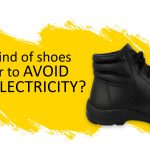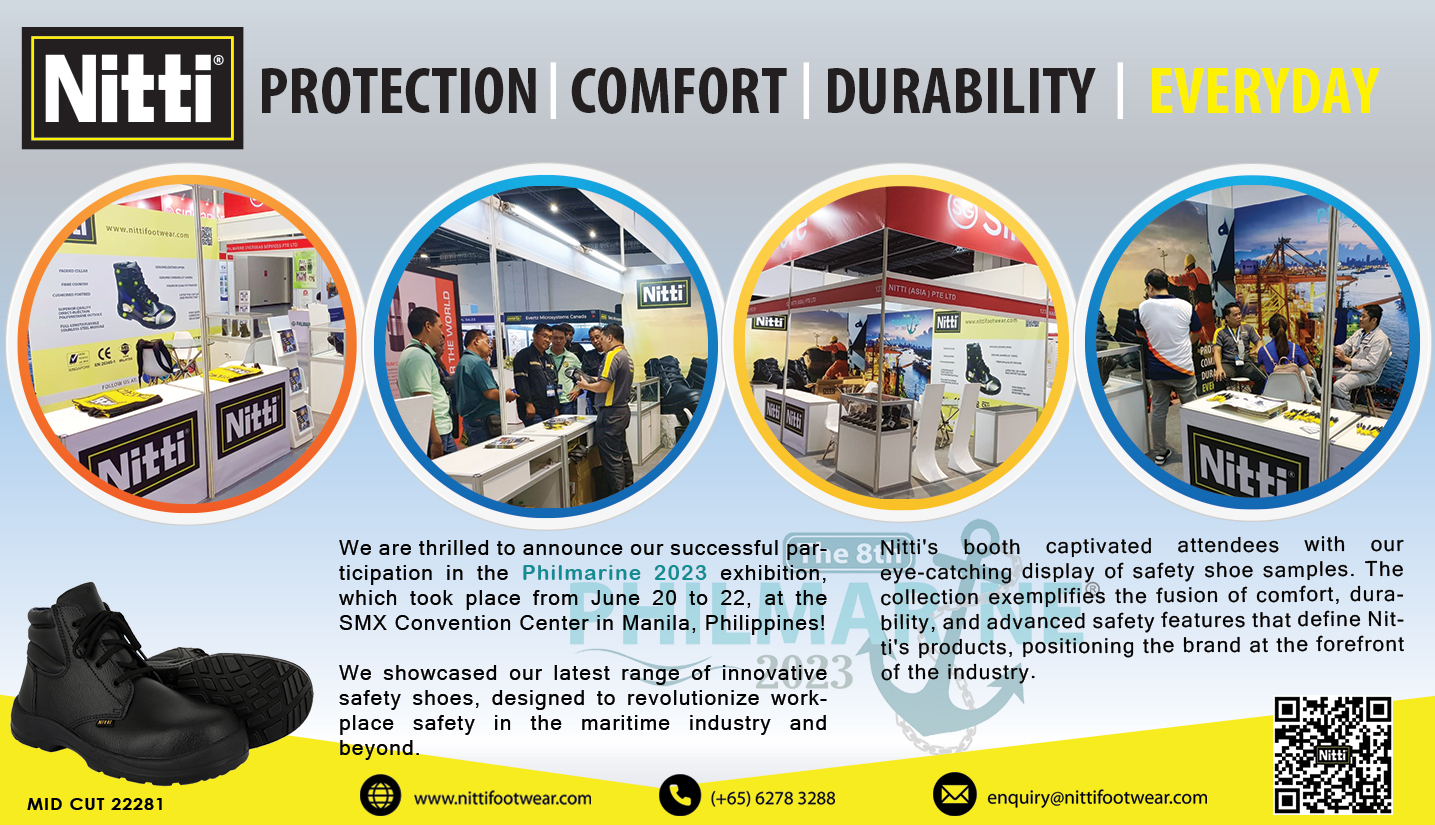2nd Hand or Not?

Nowadays Carousell, Craigslist and Gumtree are very popular to give used goods a second life but how is this regarding safety products?
Is it wise to buy a used safety shoe? Will it still meet the safety requirements?
Through this article I hope to give some advice regarding these questions and in the end you can hopefully reach your own conclusion.
Obviously there are advantages and disadvantages to a second hand safety shoe and most obvious is:
1. Better price
Since the shoe is used before the previous owner will usually let it go for a much lower portion of the original prices.
This can be due to: – the worker leaving, – buying wrong fit and not being able to exchange – getting free shoes from employer while having their own shoes
2. Good for the environment.
With lesser materials being discarded in the environment and lesser production the impact on the environment will be reduced and our carbon footprint will be reduced.
3. More comfortable
With the shoe being used before the leather will be suppler and the shoe will feel looser around the foot increasing comfort level (this can also be a disadvantage will I will mention later).
With these advantages being mentioned lets now take a look at the disadvantages:
1. No idea about the condition of the shoe
Since you are buying a safety shoe it had without a doubt seen its share of usage. Safety shoes are designed to take serious abuse but if you are not sure about the quality to begin with then taking it second hand is an even bigger risk.
The integrity of the material of the steel or composite toecap could be compromised if it had a heavy object fall on it or a forklift drive over the previous owner’s foot.
If the shoe is older already then the steel mid-plate could be seriously corroded since PU (Polyurethane, the compound of which the outsole is made) is very aggressive to metals and it lies exposed to the PU inside the shoe.
The stitching could be affected if the shoe is of lesser quality due to tight fitting or if the previous owner got hooked on nails or sharp edges.
2. Hygiene issues:
Although there are no serious health issues known and it also heavily depends on the previous owner there are always issues like: Eczema, Fungal infection of the skin and toenails and Bad odor.
Especially in some countries it is habitual to not wear socks so the lining of the shoe could be a potential breeding ground for bacteria and Fungi. Although more an annoyance than a serious health issue if eczema is left untreated it could lead to cracked or cloven skin and lead to serious discomfort. These issues can be prevented but require some attention and serious cleaning.
3. Storage uncertainty
Everyone knows that keeping something for a longer period of time will not improve the lifespan if not kept under the right circumstances. This is especially true for safety shoes because there is a continuous process happening inside the outsole of the shoe if it is based on PU.
4. Looser fit
Everyone feet are different so if a person with wider feet will wear the shoe and sell it to a person with more narrow feet the shoe will not wrap the foot as it should and could start to slip up and down. Also the foot could start to move around in the shoe creating blisters and general discomfort.
5. Dried up Glue
Cheaper shoes don’t manufacture their shoes in 1 place sometimes and buy prefabricated outsoles which they glue to the upper. Often they will use cheap glue so If the shoe is stored in a hot environment the glue will dry up that binds the PU outsole to the upper
With shoes being stored I will devote a small portion of this article to explain the process called “hydrolysis” and which is the arch-enemy of PU based outsoles.
Hydrolysis is a process where, under influence from a combination of heat and moisture, the molecular integrity of the PU outsole will deteriorate.
Easily explained: when injected the PU is in a liquid state and when left to dry the molecules will bind together. Moisture will settle in between the links and push the molecules apart further and further. When there is no longer any cohesion between the molecules the outsole will start to crumble or crack when you take a few steps.
This process is always ongoing and cannot be stopped but with superior raw materials, knowledge how to manufacture a shoe and not being pressured by low budgets this process can be slowed down a lot.
Based on this information it is up to very individual to make their own choice but I will give my personal opinion as well.
Now as manufacturer of safety shoes it can easily be said that this opinion is coloured but I seriously advice people to not buy second hand safety shoes out of the safety reasons alone.
Secondly since 90prc of the people have no idea how to store their shoes the chance that your “new” shoe will last long is very slim at best.









